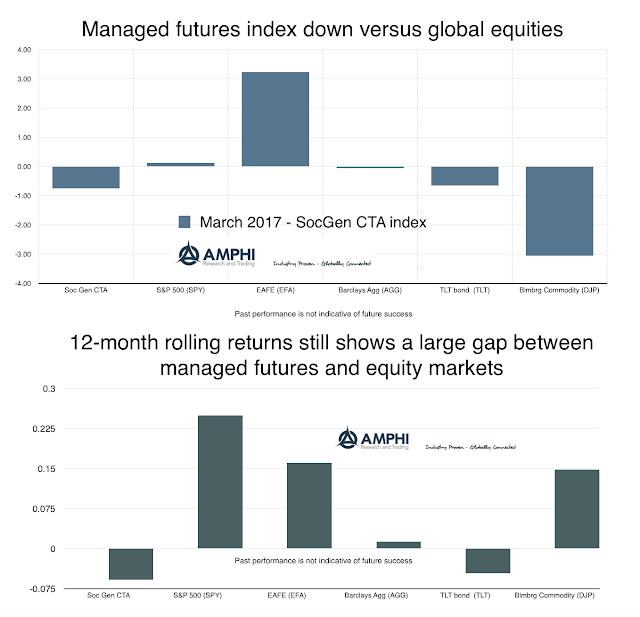During a simple discussion on investing, the topic turned to biases. We have learned to talk about a vast number of biases from behavioral economics. We now have a catalog of biases which makes them easier to mitigate, but there seems to be one bias that is very hard to address and that is the overarching theme of optimism and pessimism with managers. There may be only two types of managers - the stock buying optimists and the bond investing pessimists. I don't have empirical evidence for this but any casual discussion will usually tell you whether you are talking with someone who has a positive or negative bias.
The stock market optimist is the one who always finds good news on which to invest. They are driven by animal spirits that often cannot be measured. Buy value or buy growth. It does not matter. The optimist is positive on the future and looks for evidence to support this view. The theme may change but the result is the same. Buy investments that have long-dated future positive cash flows. It is hard to ever turn the stock buyer into someone who wants bonds or cash. They are always looking for the positive. Any move to cash safety is temporary while the manager looks to get back into optimistic investments.
This should not be surprising since an equity investment is a call option on the residual value of the firm. Increases in valuations are associated with growth and volatility. You have to be positive about growth prospects to hold a portfolio of call options.
This should not be surprising since an equity investment is a call option on the residual value of the firm. Increases in valuations are associated with growth and volatility. You have to be positive about growth prospects to hold a portfolio of call options.
The bond investor has a completely different mind set. Gains are associated with a decline in rates and a slower economy. At best, you receive your principal. Hence, the corporate bond investor is holding a portfolio of short put options on the firm and default free bonds. Even buying Treasuries, there is a desire for stability, safety, or protection.
The negative correlation suggests that these investors have different biases especially if we are not faced with rising inflation. The bond investors will usually be talking about how bad the economy is looking and we are in a new economy of slow growth. Everywhere they look, they see signs of a negative environment. The equity investor will look at the strong rally since the Financial Crisis and will focus on the advantages of buy and hold even through difficult times. Their idea of a new economy sees further increases in the value of financial assets.
You can call this entrenched asset class inertia. Pessimistic bond investors are going to need a lot of evidence to switch to risky equities. The same can be said of equity optimists switching to less risky bonds. Big changes in asset prices will be surrounded by the periods when this inertia changes.
Why is this bias discussion important? The optimist will have the bias of looking for positive information or filter information in an attempt to look for the positive. The pessimist will always use a negative filter and look for the bad news in the data. A model, however, will not have either bias, so systematic investing can eliminate this most fundamental bias.
Why is this bias discussion important? The optimist will have the bias of looking for positive information or filter information in an attempt to look for the positive. The pessimist will always use a negative filter and look for the bad news in the data. A model, however, will not have either bias, so systematic investing can eliminate this most fundamental bias.




































